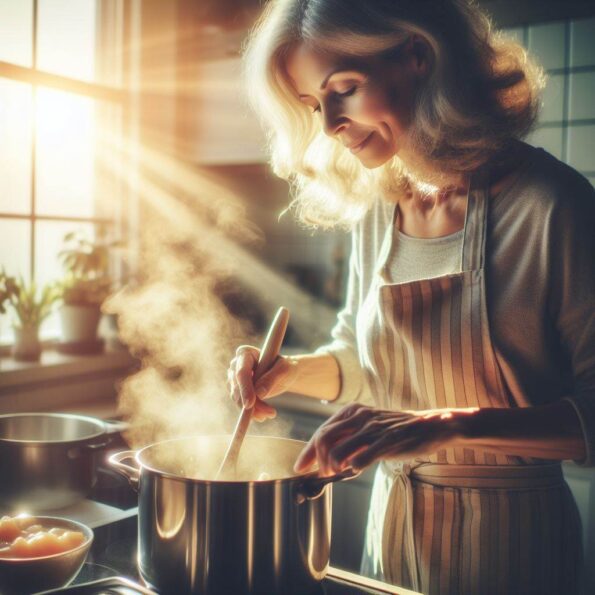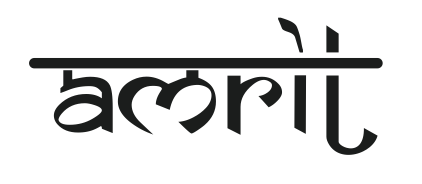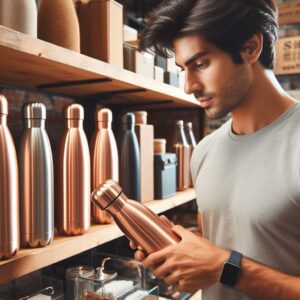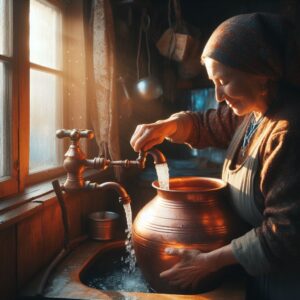Aluminum Cookware Cookware is an essential part of any kitchen, and the materials from which pots and pans are made can significantly affect both the quality of the food and the ease of cooking. Common materials include stainless steel, cast iron, non-stick coatings, and ceramics, each offering distinct advantages and drawbacks in terms of heat conductivity, durability, and maintenance.
Among these, copper and aluminum stand out as popular choices for their excellent thermal conductivity, which allows for quick and even heating. Copper cookware, in particular, is renowned for its superior heat control, enabling precise temperature adjustments that are crucial for delicate dishes. While aluminum is lightweight and cost-effective, copper’s unmatched responsiveness to temperature changes makes it a preferred material for professional chefs and culinary enthusiasts alike.
The benefits of copper cookware extend beyond its exceptional heat distribution. Its ability to cool down quickly also prevents overcooking, ensuring that food retains its optimal flavor and texture. Moreover, copper pots and pans are aesthetically pleasing, with a lustrous finish that can enhance the visual appeal of any kitchen. Despite its higher cost, the long-term value of copper cookware lies in its durability and the unparalleled cooking experience it offers, making it a worthwhile investment for those passionate about cooking.
Heat Conductivity and Cooking Performance
Copper’s heat conductivity is one of the highest among cookware materials, significantly surpassing that of aluminum. This superior conductivity means that copper cookware can heat up faster and more evenly, eliminating hot spots that can cause part of your food to burn while the rest remains uncooked.
Even heat distribution is crucial in cooking because it ensures that food cooks at the same rate, regardless of its position in the pan. Copper’s excellent heat distribution properties make it ideal for cooking processes that require precise temperature control, such as caramelizing sugar, searing meats, or simmering delicate sauces.
The impact of heat responsiveness on cooking outcomes cannot be overstated. Copper’s ability to quickly respond to temperature changes gives cooks a high level of control over the cooking process. This responsiveness allows for immediate adjustments to the heat source, which is essential when preparing dishes that can go from perfectly done to overcooked in a matter of seconds.
Durability and Longevity
When it comes to the durability and longevity of cookware, copper and aluminum each have their advantages and considerations.
Copper cookware is known for its durability. With proper care, it can last a lifetime, although the tin or stainless steel lining may require occasional re-tinning or polishing. Copper is also less prone to corrosion compared to aluminum, which can corrode quickly if not properly maintained. However, copper cookware does require regular maintenance to keep its lustrous appearance and prevent tarnishing. This includes gentle cleaning with mild detergents and avoiding abrasive materials that could scratch the surface.
Aluminum cookware, while lightweight and less expensive, is more prone to denting and may not have the same lifespan as copper. It’s also generally easier to maintain, often requiring just simple cleaning without the need for polishing.
In terms of cost-effectiveness, copper cookware represents a significant upfront investment. A complete set can cost upwards of $1,000, with single pieces often exceeding $200. However, considering its longevity and the benefits it brings to cooking, many see copper cookware as a worthwhile long-term investment. Additionally, the efficiency of copper cookware can lead to energy savings, as it heats up quickly and evenly, potentially reducing cooking times and energy usage.
Ultimately, the choice between copper and aluminum cookware will depend on your budget, cooking style, and how much time and effort you’re willing to invest in maintenance. Copper offers superior performance and longevity, but it comes with a higher cost and maintenance requirements. Aluminum is more affordable and easier to maintain but may not offer the same level of performance or durability over time.
Aesthetic and Design Considerations
Copper cookware is not only celebrated for its superior cooking performance but also for its visual appeal in kitchen decor. The warm, lustrous sheen of copper adds a touch of sophistication and elegance to any kitchen, whether it’s a professional culinary workspace or a home cook’s domain. Displaying copper cookware prominently not only enhances the kitchen’s visual appeal but also serves as a testament to the cook’s dedication to quality.
The versatility of copper extends to various cooking methods and presentations. Copper cookware is suitable for a wide range of cooking techniques, including sautéing, braising, and simmering, and is compatible with gas, electric, and induction cooktops. This adaptability allows chefs to explore diverse culinary techniques and experiment with different flavors, making copper cookware a versatile tool in both cooking and presentation.
The role of design in the functionality of copper cookware is significant. The design of copper pans and pots is not just about aesthetics; it’s a blend of form and function that has evolved over centuries. From the ancient civilizations to modern kitchens, the design of copper cookware has been refined to provide unmatched cooking prowess, with features like tin or stainless steel linings for safety and durability. The thoughtful design ensures even heat distribution, responsiveness to temperature changes, and compatibility with various cooking surfaces, all of which contribute to the cookware’s functionality and the quality of the dishes prepared with it.

Health and Safety Aspects
When considering the health and safety aspects of cookware, it’s important to address the concerns about the reactivity of copper with acidic foods.
Copper is a highly reactive metal, and when it comes into contact with acidic substances, such as lemon juice or tomato sauce, a chemical reaction can occur.
This reaction can cause copper to leach into the food, especially when the cookware is unlined or the protective lining has worn off.
However, modern copper cookware typically features lined interiors, often with tin or stainless steel, which provide a safe cooking surface that prevents the copper from reacting with acidic foods.
These linings are non-reactive and safe for cooking all types of food, including acidic ones.
It’s crucial to maintain the lining in good condition and to have it replaced if it starts to wear out to ensure the cookware remains safe for use.
Comparing copper to aluminum, both metals can cause health issues if they come into contact with our food. However, most aluminum cookware is anodized, which creates a kind of protective layer that makes it less likely to leach into food.
Still, there are concerns about aluminum’s link to health issues, although the consensus from scientific experts is that the amount of aluminum likely to make it into your body from food and cookware is very small and not harmful.
Copper cookware, when properly lined and maintained, does not pose these concerns and is generally considered safe.
Environmental Impact
The sustainability of copper cookware production is a multifaceted issue. Copper cookware is often praised for its durability, which means it can last for generations if properly cared for. This longevity reduces the need for frequent replacements, thereby minimizing waste and the environmental impact associated with the production of new cookware. However, the mining and refining processes required to produce copper can be environmentally intensive, involving significant energy consumption and potential habitat disruption.
When comparing the recycling and eco-friendliness of copper vs. aluminum, both materials are highly recyclable. Copper can be recycled repeatedly without any loss of performance, and the recycling process requires less energy than primary production, reducing CO2 emissions. Aluminum is also infinitely recyclable and recycling it only takes 5% of the energy required to mine new sources, which is a significant energy saving. However, the initial extraction of aluminum is energy-intensive and can have a considerable environmental footprint.
Choosing copper cookware can contribute to a greener kitchen in several ways. The excellent heat conductivity of copper means that less energy is required to achieve the desired cooking temperature, potentially reducing energy consumption during cooking. Additionally, the durability and recyclability of copper cookware support a more sustainable kitchen by decreasing the need for frequent replacements and allowing for the cookware to be recycled at the end of its life.
Conclusion
Copper cookware stands out for its exceptional heat conductivity, precise temperature control, and aesthetic appeal. These key benefits translate into an enhanced cooking experience, where food is cooked evenly and with greater control over the outcome. The durability of copper also means that with proper care, it can be a once-in-a-lifetime purchase, adding to its appeal despite the higher initial cost.
When choosing between copper and aluminum, it’s essential to weigh the performance benefits of copper against the cost and maintenance considerations of aluminum. While aluminum is more affordable and requires less upkeep, copper offers superior cooking qualities and longevity that many find worth the investment.
Ultimately, the decision should be based on your personal cooking needs, preferences, and budget. If you value high-quality cooking performance and are willing to invest in and maintain your cookware, copper is an excellent choice. If you’re looking for something more cost-effective and low-maintenance, aluminum might be the better option for you.











